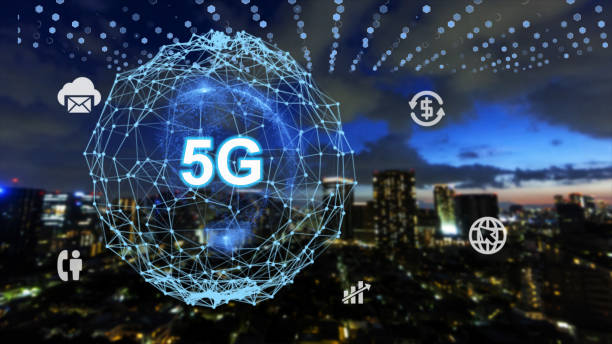The advent of 5G technology promises to revolutionize various sectors in India, from telecommunications to healthcare and transportation. A crucial component of 5G infrastructure is the 5GCore solution, which serves as the brain of the network. This article explores the significance of 5GCore solutions in India, their key components, and the benefits they bring.
Understanding 5GCore Solutions
5GCore, also known as the 5G Evolved Packet Core (EPC), is the network infrastructure that manages and controls the flow of data between devices connected to a 5G network. It comprises several interconnected components, including:
User Plane Function (UPF): The UPF handles the actual transmission of data packets between devices.
Control Plane Function (CPF): The CPF manages the control signaling between devices and the network.
Network Exposure Function (NEF): The NEF exposes network capabilities and services to external applications.
Policy and Charging Rules Function (PCRF): The PCRF enforces network policies and manages charging for services.
Benefits of 5GCore Solutions
The deployment of 5GCore solutions in India offers several significant benefits:
Enhanced Network Capacity: 5GCore solutions can handle significantly higher data traffic compared to previous generation networks. This is crucial for supporting the growing number of connected devices and demanding applications.
Low Latency: 5GCore solutions enable ultra-low latency, which is essential for real-time applications like autonomous vehicles, remote surgery, and augmented reality.
Network Slicing: 5GCore allows for network slicing, which enables the creation of virtual networks tailored to specific use cases. This can help optimize network performance for different industries and applications.
Improved User Experience: With faster speeds, lower latency, and greater capacity, 5GCore solutions can deliver a significantly improved user experience for both consumers and businesses.
Economic Growth: The deployment of 5GCore infrastructure can stimulate economic growth by enabling new business models, creating jobs, and driving innovation in various sectors.
Challenges and Opportunities
Despite the numerous benefits, the deployment of 5GCore solutions in India also presents several challenges:
High Costs: The initial investment required for building 5GCore infrastructure can be substantial, particularly in rural areas with limited infrastructure.
Spectrum Allocation: Ensuring adequate spectrum allocation for 5G services is essential for successful deployment. However, spectrum availability can be limited in some regions.
Security Concerns: 5G networks are more complex and interconnected than previous generations, making them vulnerable to cyberattacks. Robust security measures must be implemented to protect against threats.
However, these challenges also present opportunities for India. The government can play a crucial role in promoting 5G deployment by providing incentives, supporting research and development, and addressing regulatory hurdles. Additionally, partnerships between telecom operators, technology providers, and industry players can help accelerate the adoption of 5GCore solutions.
In conclusion, 5GCore solutions are a vital component of the 5G ecosystem and offer immense potential for India. By overcoming the challenges and leveraging the opportunities, India can position itself as a global leader in 5G technology and reap the benefits of this transformative innovation.








































